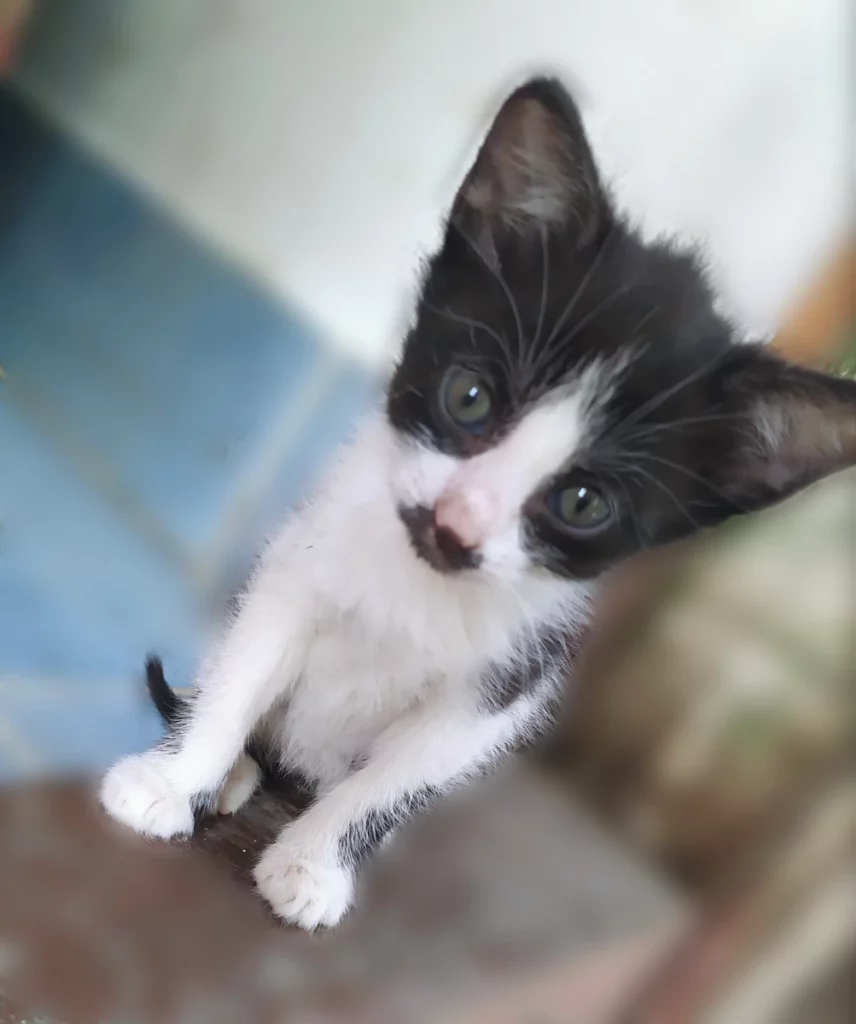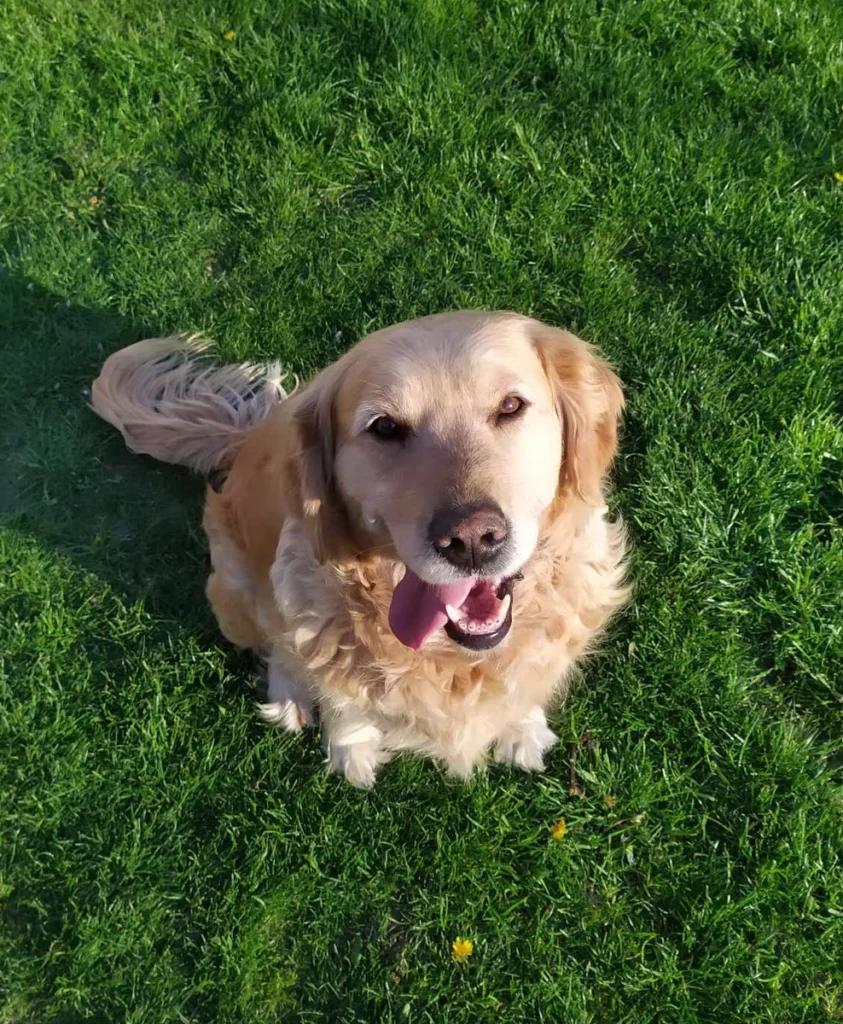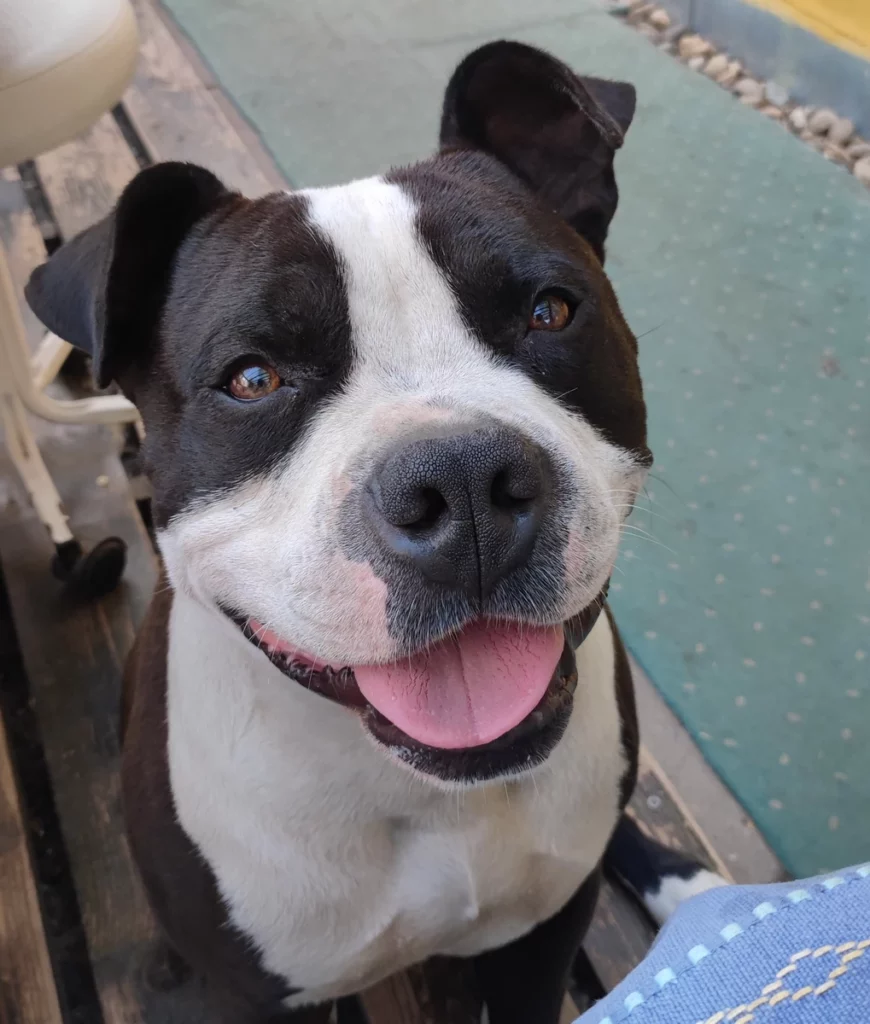The HCEMM, as a Centre of Excellence, hosts excellent research groups and research facilities, which lead to a knowledge spillover effect, as the knowledge generated at HCEMM is transferred into the local economy and impacts the general public. The HCEMM provides a unique framework to significantly enhance interactions between science and industry, grounded on its platform for knowledge transfer that reaches out to scientists, governmental and industrial decision-makers.
Through the Advanced Core Facilities (ACFs), HCEMM can promote excellent science, capacity building, and knowledge transfer. Two-way knowledge transfer is encouraged between the HCEMM research groups and the EMBL core facilities, the ACFs and key facilities of other research actors in Hungary.
Location and Equipment
The IVI ACF is located in three sites, the headquarters being the Basic Medical Sciences Building at the Semmelweis University, 37-43 Tűzoltó utca, 1094 Budapest. The ACF HQ comprises two isotope laboratories and three imaging laboratory rooms. Permissions are in place to handle more than 80 isotopes for tracing, imaging and therapeutics and X-ray appliance. In addition, a local isotope-containing animal facility is also associated with the ACF. Two other sites are also involved, the Cardiovascular Centre (68 Városmajor u, 1122 Budapest) and the Basic Sciences Centre (4 Nagyvárad tér, 1082).
Services
The ACF provides services in a broad range of in vivo imaging applications using an already existing infrastructure, which is continuously being expanded. For the usually needed small animal imaging studies presumably in the forefront of possible users, the ACF has an immediate access to multiple animal models (optimized at conventional and SPF animal facilities) such as e.g. inflammation models (including collagen-induced arthritis, autoantibody-induced arthritis, various dermatitis models), cardiac and metabolic disease models (including acute and chronic ischemia-reperfusion, heart failure, hypertonia, atherosclerosis, diabetes, hyperlipidemia, obesity, uremia, cardiogenic shock) as well as various transgenic and humanized mice. Tumour xenografts including a variety of cell lines are also available based on user-borne cost and maintenance models.
The ACF offers a comprehensive service to its users. In this section we outline options users are able to utilize in their projects.
Essentially, the complexity of the above technological platform enables the ACF to offer an unprecedented and highly flexible solution to statically, dynamically, and functionally image all organ systems of the given organism. Moreover, it also provides an excellent technological arsenal for applications in multiple scientific fields of e.g. pharmacology, molecular oncology, histology, inflammation research, biomarker identification and detection – in parallel with assessing physiological and pathophysiological phenomena.
Therefore, the list below reflects rather examples of the specific services offered by the ACF and introduced following the specific features of the infrastructural repertoire:
The IVI-ACF possesses a good status of being at the intersection of medical device development, medtech product application support, medical algorithm innovations and experimental biological or biomedical work.
Their extensive client experience ranging from alpha emitter nuclide therapy through detector development to optical imaging dye innovations opens several possible ways to create value.
Besides the status, their own scientific work can also be a center of profits in this regard.
Structuring this outlook, they present first the „static” potential of innovations and second, the „dynamic-research based” one.
STATIC (Algorithms, software, medtech)
STEP 1. PATENTING/INNOVATION
STEP 2. LICENSING/COMMERCIALIZATION
DYNAMIC (Radiopharmacy, radiochemistry, nanoparticle sensors/therapeutics)
STEP 1. PATENTING/INNOVATION
STEP 2. LICENSING/COMMERCIALISATION
Location and Equipment
The SCO ACF is located at the Biological Research Centre, 62 Temesvári körút, 6726 Szeged.
The involved facilities and available equipment are:
Services
This ACF is building on the existing but limited service capabilities of the Biological Research Centre (BRC) in the related field. The new ACF will provide proteomic, lipidomic, genomic and transcriptomic analysis with high sensitivity in addition to single cell isolation.
On the path of becoming an ACF the major improvement was the acquisition of a new mass spectrometer (Orbitrap Fusion Lumos Tribrid Mass Spectrometer) that has highly improved detection sensitivity and data quality, and thus, enables the analysis of limited sample amounts as small as only a few cells in case of lipidomics.
The main goal of the ACF is to provide high-sensitivity molecular analyses of limited sample amounts, including lipidomic, proteomic, genomic and transcriptomic analyses and to develop or adopt methods suitable to study a few hundred cells and below.
The ACF offers the following specific services:
Mass spectrometers used for proteomics and lipidomics analyses are operated in alternating 2-3 weeks intervals for the respective measurement types. Only trained personnel can operate the instruments, customers do not have direct access to the mass spectrometers. Data evaluation is usually performed by the ACF personnel, therefore raw data are typically given out solely for publication purposes.
The genomics and transcriptomics workflows are performed by the personnel of the NGS Platform of the BRC. The users provide the starting material (DNA, RNA, miRNA, ChIPped DNA, cDNA etc.), preparation of the sequencing libraries and the sequencing is performed by experts working at the NGS Platform. The resulting raw sequence reads are handed over to the users either by downloading from ftp/cloud or deposited on external hard disks.
Currently, the Single Cell Omics ACF offers mass spectrometry-based proteomics and lipidomics analysis. The vast majority of the facility’s current activity is based on standard published protocols for both sample preparation and downstream MS analysis to aid HCEMM and host institution research groups to pursue their scientific interests. Therefore, development of commercial products or know-hows is primarily collaboration project dependent. One such collaboration was recently initiated with the Laboratory of Bacterial Physiology and Strain Engineering (Institute of Biochemistry, BRC) based on our extensive experience in MS based de novo peptide sequencing.
The overall goal of this project is to identify novel antimicrobial peptides from various natural sources that may be used as new antibiotic drugs or may serve as templates for further drug development.
This capacity can be further extended to any activities requiring de novo peptide sequencing skills such as biosimiliar antibody characterization. However, this approach is low throughput, therefore a limited number of such projects can be performed by the ACF.
Capacity permitting, mass-spectrometry based comparative proteomics and shotgun lipidomics measurements can be offered as service for outside academic and industrial partners as well.
Location and Equipment
The FCBI ACF is located at the Faculty of Medicine, Department of Dermatology and Allergology at the University of Szeged, 6 Korányi fasor, 6720 Szeged. The major available techniques include conventional (wide-field, confocal) and advanced (super resolution) light microscopy, scanning electron microscopy optimized for biological samples (including array tomography and correlative light and electron microscopy), an advanced cell sorter facility and a molecular biology facility.
SERVICES
The main goal of this ACF is to provide for high-throughput and high-resolution imaging, cell surface and intracellular marker detection as well as the possibility for sorting cells based on their expressed protein markers for cellular and immunology studies.
The ACF offers the following specific services:
The major available techniques at the Functional Cell Biology and Immunology Advanced Core Facility (FCBI ACF) include conventional (wide-field, confocal) and advanced (super resolution) light microscopy, scanning electron microscopy optimized for biological samples (including array tomography and correlative light and electron microscopy), an advanced cell sorter facility and a molecular biology facility. This wide variety of advanced tools empower the facility and the researchers using it to develop patentable technologies and to create licensing and commercialization opportunities. Examples of such are the following:
As a more specific example, FCBI ACF is planning to commercialize its intracellular antibody localization expertise as a service for antibody manufacturing companies (e. g. Agrisera).
This project has received funding from the European Union’s Horizon 2020 research and innovation programme under grant agreement No 739593. HCEMM supported by EU Programme: H2020-EU.4.a. – Teaming of excellent research institutions and low performing RDI regions. Project starting date was 1 April 2017.






